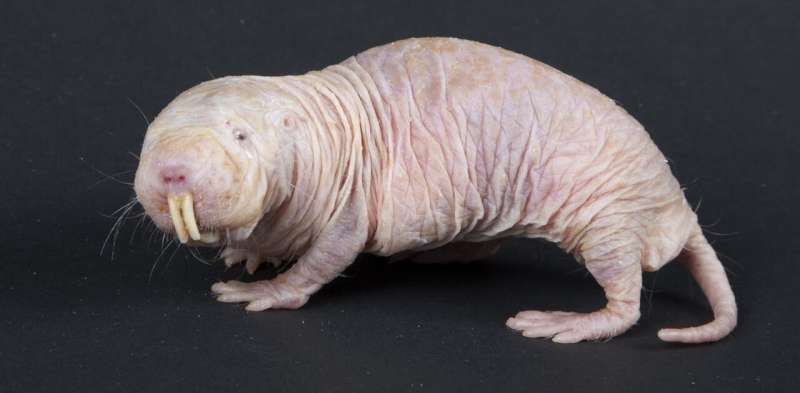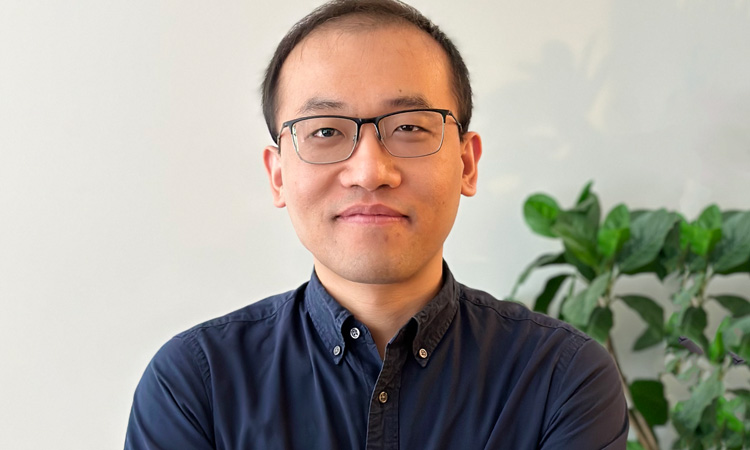Getting older is inevitable, but aging may be optional, or at least a treatable condition. Increasingly, researchers are parsing the particulars of aging, the ways in which the human body becomes less healthy over time. That research spans measuring declines in cognitive and sensory capabilities to identifying relevant changes in cellular and molecular functions.
Among the scientists looking for the secrets of aging is Xiao Tian, PhD, who recently joined Sanford Burnham Prebys as an assistant professor in the Degenerative Diseases Program. Tian’s work, which began as a PhD student at the University of Rochester and continued as a postdoctoral researcher at Harvard Medical School, focuses on epigenomic changes and deterioration that influence age-related diseases.
“The epigenome defines the identity and function of a cell by telling the genome what to do and when and where to do it. It regulates the genome function of a cell similarly to how software regulates the hardware of a computer,” said Tian.
“Over time, this epigenetic ‘software’ accumulates bugs and glitches that slow down its operation. When crashes happen, diseases occur. Our research aims to understand how the errors occur and to develop a recovery system to restore the epigenetic software to a point before the malfunctions happen.”
In other words, epigenetic dysfunction is fixable, “which means that it’s a reversible cause of aging. And that suggests that we might have reached a point where we can control at least some of the factors that drive aging, leading to potential treatments for diseases associated with it. This new idea transforms our perspective on what it means to age and what we can do to age better.”
Indeed, working with David A. Sinclair, A.O., PhD, co-director of the Paul F. Glenn Center for Biology of Aging Research at Harvard Medical School, Tian and an international team of collaborators published in 2023 the results of a 13-year study that showed a breakdown in epigenetic information caused mice to age and that restoring the integrity of the epigenome reversed those signs of aging.

Naked mole rats are notable for their distinctive appearance, but it’s their internal, anti-aging genetic machinery that makes them supermodels of research. Image courtesy of Meghan Murphy, Smithsonian National Zoo.
“We believe ours is the first study to show epigenetic change as a primary driver of aging in mammals,” said Sinclair at the time of publication.
At Sanford Burnham Prebys, Tian will continue this research. “My ultimate goal is to unravel the molecular basis of aging and develop strategies to promote a healthier, more vital lifespan. Success for me is building a dynamic research team dedicated to advancing our understanding and treatment of aging, thereby addressing one of life’s most challenging aspects.”
Tian earned his Bachelor of Science degree in microbial technology at Shandong University in China and his doctorate in biology at the University of Rochester in New York under the mentorship of Vera Gorbunova, PhD He came to appreciate the mysteries and variability of aging while working with laboratory mice and naked mole rats, the latter being a species boasting some remarkable traits: They rarely get cancer. They are resistant to some types of pain. They can survive up to 18 minutes without oxygen. And compared to their rodent peers, naked mole rats age very slowly.
“While mice exhibit rapid aging and decline during their three-year lifespan, naked mole rats show minimal aging effects over 30 years,” Tian said. “This contrast highlights that understanding and mimicking the molecular strategies of organisms like the naked mole rat could unlock the secrets to healthy aging.”
The work of Tian, supported by the National Institute on Aging, Longevity Impetus Grants and others, has major, long-term implications.
“The biggest challenge and opportunity in my field is addressing aging as a fundamental factor in chronic ailments,” he said. “Current treatments overlook aging’s critical role in driving the onset of diseases. We focus on exploring epigenetic interventions as an approach to treat or prevent age-related diseases by targeting aging itself.”
